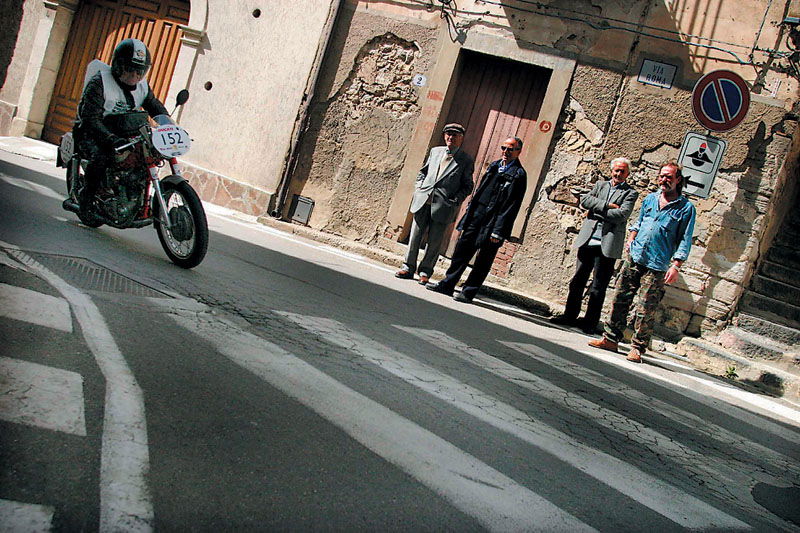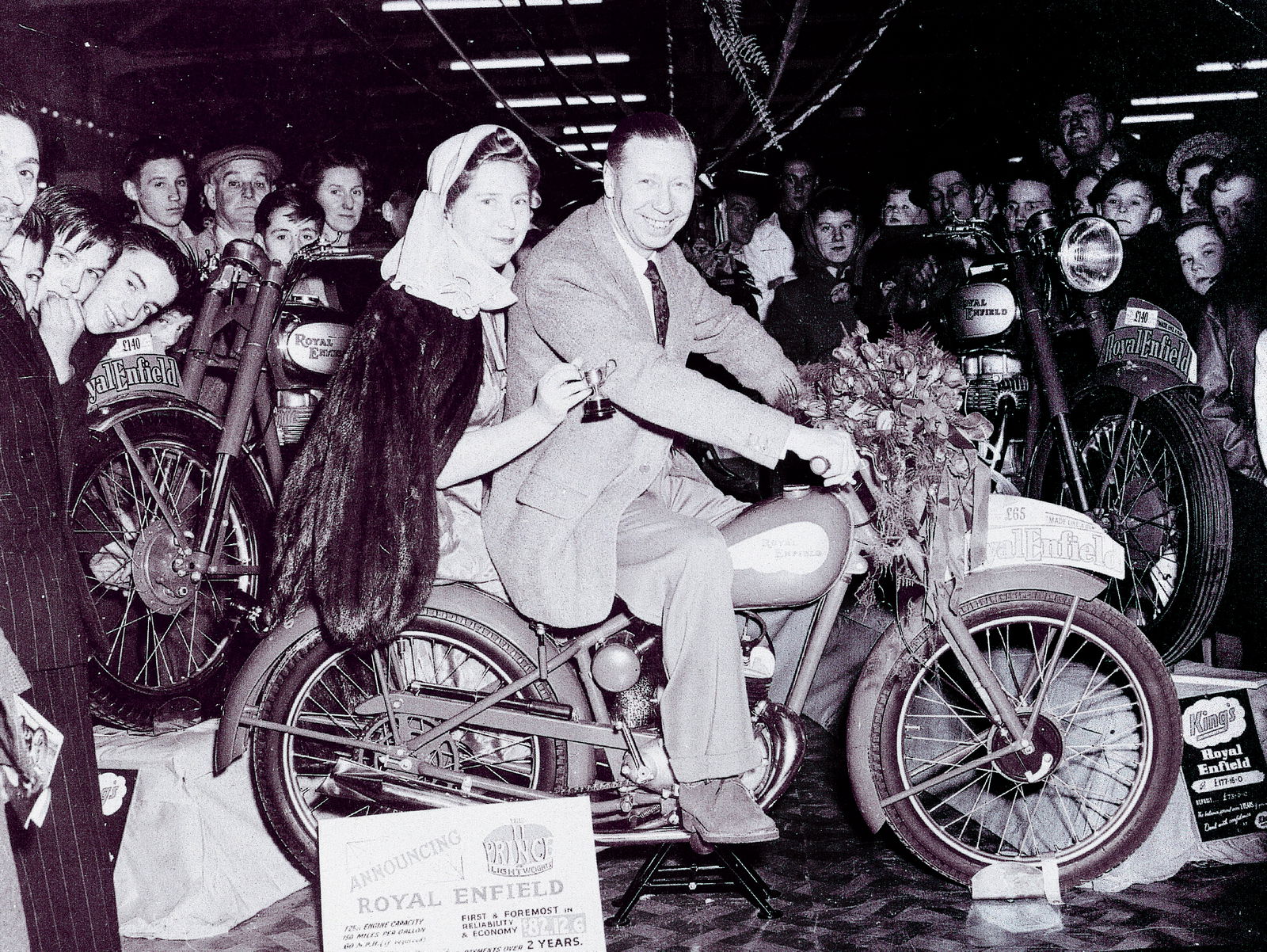The Alpinestars Boot Room
Mark Shippey visits Alpinestars' Italian development facility to find out just what goes into keeping your plates of meat intact in a crash

There are 26 bones in each of our feet, and two in each lower leg. Break just one of them and the searing pain will let you know about it!
Boot manufacturers invest heavily in the search for the perfect balance between protection, safety and practicality. Each company has a selection of competitive riders to call upon for invaluable feedback to the Research & Development department in the search for the Holy Grail of boots.
Watch any pre-season test session and you will notice plenty of new products that the rider will be testing alongside his machine. Alpinestars has instigated its own 'Advanced Safety Technology' (AST) programme utilising World Superbike and MotoGP riders Garry McCoy and John Hopkins. Invaluable data is gathered from sensors in the riders leather suit that determine the forces and pressure a rider exerts through various parts of a race suit while negotiating the track.
This can be transferred into adjustments made to the suit in terms of stretch panels, thickness of material and, most importantly, protection and armour for increased rider safety. This year, boots will be added to the programme to ascertain the forces transmitted from the rider to the boots' structure and vice versa.
The joint findings from lab testing and on-track use is utilised to develop boots with sufficient protection for riders on the street. This has led to a number of models passing the stringent criteria for European safety standards such as CE approval that define the minimum level for protective materials. Two such boots are Alpinestars' Supertech and the TCS Pro from Oxtar, the latter being the first pair of boots to be deemed as an item of protective clothing.
Alpinestars is seen by many as the benchmark for foot protection - and a damn saucy stylehouse to boot (groan!)
Although they do manufacture a full range of motorcycle clothing, the production of boots is critical to the company and comprises two thirds of the company's sales each year. Perhaps this can be traced back to the humble origins of this race-bred company in 1963. The first boots developed were for Motocross and Enduro use for friends of the owner, Signor Mazzarolo. This began a close family-style relationship with riders that has continued down through the generations and is partly responsible for many of the advances in safety and protection features that have evolved over the past 40 years.
Kenny Roberts was the first GP rider to wear recognised road/race developed boots in the early 1970's. Reminiscent of the early protective boots of the sixties, they had shin and ankle protection with a stiffer reinforced sole. Kenny Roberts Jr has continued the family development relationship and had a lot of input into the development of the Supertech.
The reason for this was a succession of ankle injuries that prevented Kenny from complete free movement of the foot. With his input, the inner bootie and torsion control system of the Supertech was designed in order to limit side movement of the ankle to prevent it from snapping sideways in the event of an extreme crash.
The list of riders at the top level who have worn Alpinestars boots reads like a Hall of Fame: Kenny Roberts, Randy Mamola, Kevin Schwantz, Max Biaggi, Troy Bayliss and Valentino Rossi, to name but a few.
Kenny Roberts Junior is now one of Alpinestars' foremost development riders and, alongside Ben Bostrom, Troy Corser and Carlos Checa, was responsible for the track testing and fine-tuning of the Supertech. Ben Bostrom went on to win the double at Brands the first time he wore the boots, the start of five successive wins on the bounce in WSB. Who says boots don't make you go faster?
��
Feedback from racers is crucial in the development of a boot, whether it be Alpinestars' race-bred Supertech, or a Gore-Tex touring boot. Protective safety features can be attributed to information gained through various testing procedures both on the racetrack and in the lab. Most manufacturers have a testing lab on site where every piece of material destined for end-use on the boot is put through a rigorous procedure to ensure that it meets the necessary criteria. Dainese has D-TECH, Spidi their Safety Lab, and Alpinestars has their own set-up.
We were lucky enough to be given a whistle stop tour of the Alpinestars Lab, encompassing both the lab and the manufacturing process in Maser, Italy. The best way to illustrate this was to watch the processes involved in the development of a pair of Supertech boots from the initial concept stage through the design process, material testing and finally seeing how they are put together to bring the consumer the finished article.
Maser, a short drive from Alpinestars' HQ in Asolo, houses the R&D department. Everything up to pre-production samples is developed and handmade here. Racers' boots are also made and prepped with individual changes done if necessary. The lab only has a small production run of 200 pairs compared with a general production run of 2000 per week on the consumer line in the main factory in Romania. The Alpinestars think-tank works endlessly from here with constant liaison with the R&D department in Los Angeles, to develop and deliver the ultimate in boot protection for its customers.
Renzo Balbinot heads up the Boots R&D programme and was kind enough to take us through the process responsible for the production of a pair of boots, from the initial concept stages to the finished product, signed, sealed and delivered into my sticky hands.
He told me, "I think the rider on the circuit is more safety conscious than the one on the road, for sure, yet they have less to think about in the crash." Very apt words. Indeed, the road rider does benefit immensely from the racer, who demands the utmost in protection. Even though speeds are much higher and risks taken are great, the threat of serious injury due to collision with other objects is minimal. If it were not for the close working relationship that Alpinestars shares with its riders, we would not see the benefits filtering down to street level.
The majority of racers will use a standard off-the-shelf boot with little or no alterations made. This indicates the level of safety that the Supertech can offer to any rider, street or race. The Racing Services team that attends most GP and WSB rounds will carry a selection of boots in case of accidents.
An exception to this rule is Marco Melandri. Due to a heavy crash in 2003, he now has a right boot made wider to accommodate an injured ankle that has restricted movement. Stretch panels have been added on the rear of this boot for extra flexibility.
So what features can we see on the Supertech that have been race developed for our benefit? The boot is basically made in two parts; the inner bootie and the outer. The majority of the most important protection is concentrated on the integral inner bootie.
This has been designed to provide complete protection for the foot in terms of comfort, ergonomic fit and controlled ankle movement. The core of this is the hinged lateral torsion bars that allow for controlled forward and rear movement, but importantly aid to prevent side movement and twist, limiting the risk of snapping the ankle and unnatural extension of joints in the event of an accident. Think for a moment how painful a sprained ankle can be, and then picture said ankle snapping... ouch!
As with gloves, the footbed is designed for dexterity and ultimate feel of the motorcycle's controls. Shock absorbing and anti-vibration inserts are often used to allow maximum true feedback to the rider through the pegs, as well as comfort.
Alpinestars has used a steel shank in its boots for many years now. This has two protective properties that become more apparent for road users. The first use of the shank is to prevent the foot snapping downwards, an unnatural movement resulting in extensive damage. The second is to prevent the boot from crushing from a sideways impact, for example in the event of becoming trapped under the bike.
Heel protection is paramount in the development of the Supertech, tested to the limit by Tohru Ukawa in qualifying for the Donington MotoGP in 2002. A massive highside through Craner Curves saw Ukawa land heel first on the tarmac, exerting massive forces that should have seen his heels disintegrate. Instead, the combination of gel inserts in the heel and an external replaceable impact absorbing plate on the outer boot prevented any injury to the rider's feet.
Every part of the external and internal structure has a protective purpose. The rear entry system was chosen to keep the clean lines of the boot from the design perspective.
It also means there is a flat surface in contact with the bike, with no Velcro or zip to snag on any part of the bike. The external protectors have been designed to be ergonomically streamlined and to enclose the entire lower leg while providing a more friction resistant area for sliding in the event of a spill.
Mick Doohan is said to have tested parts of the boot that no other man can reach. When he moved over to Alpinestars, he helped develop first the GP Pro, then the GP Tech race boot. These boots were the forerunners to the Supertech and began to incorporate safety features such as toe sliders, reinforced gear change panels, outer foot protection and gel packs in the ankle and shin areas to prevent injury from large impacts.
Over the years, Alpinestars has helped numerous riders to achieve the ultimate goal of a world championship title. This year, HRC's Nicky Hayden has joined the list of past and present Alpinestars-affiliated riders in his quest to become MotoGP champion.
Thanks to this research, the rider on the street can rest safe in the knowledge that our feet are more than adequately protected for most eventualities.
See more at www.alpinestars.com
��

